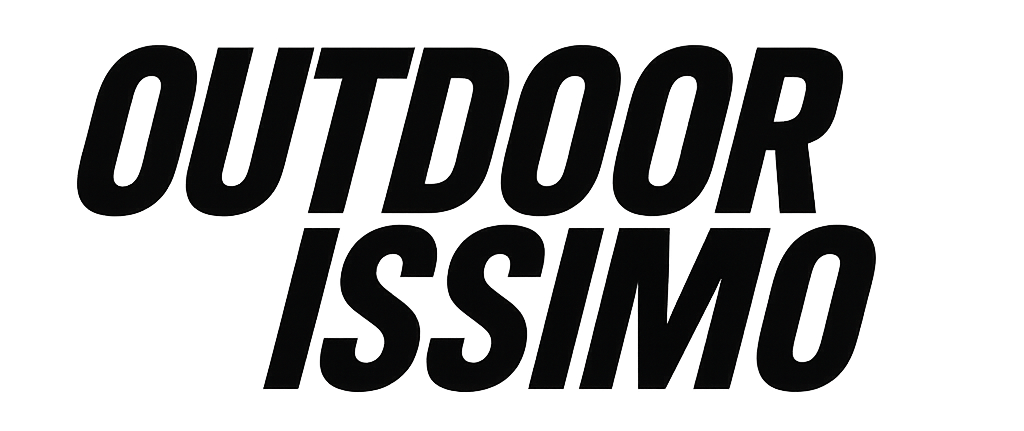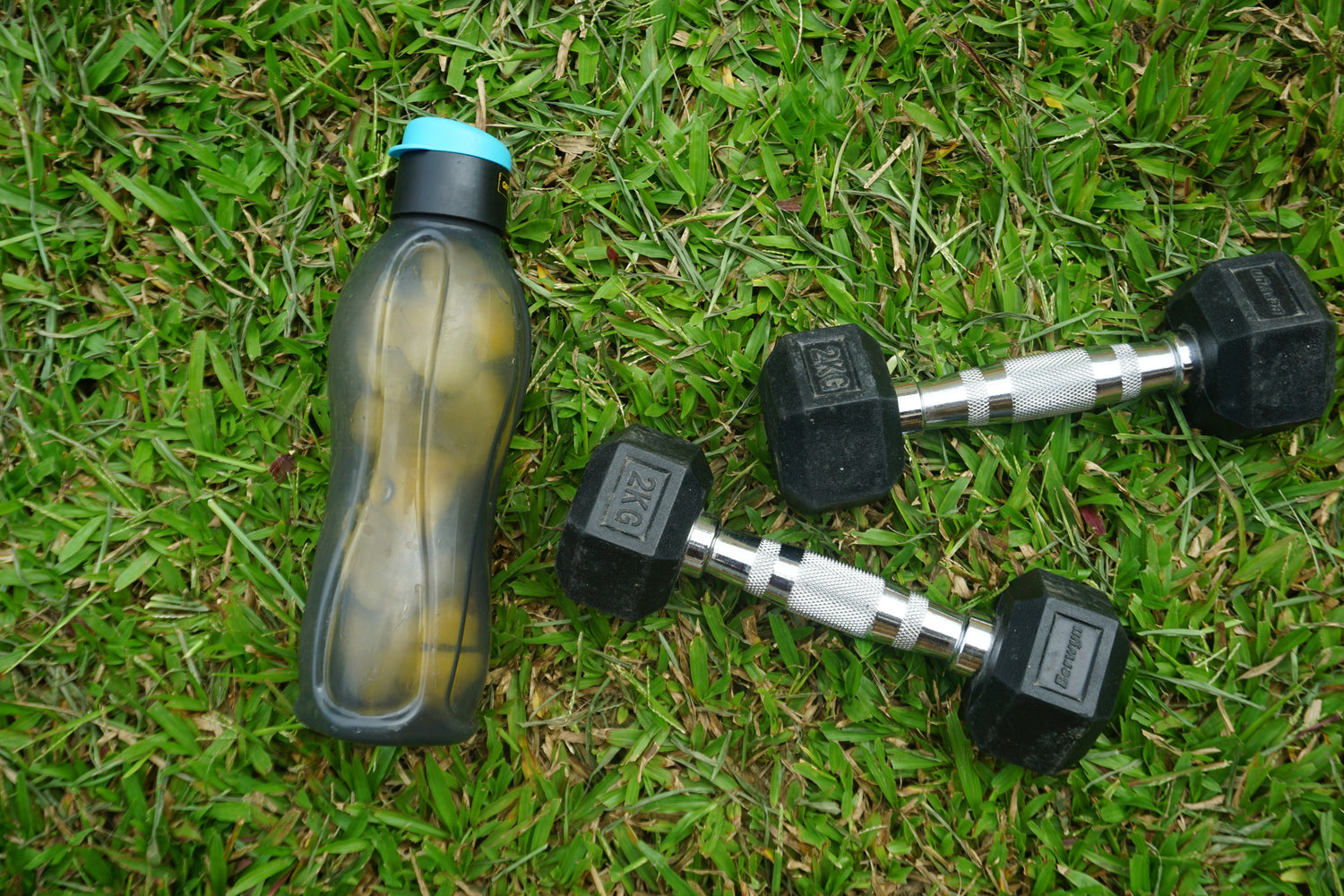Fitness accessories have become a distinct part of contemporary active culture, shaping how physical activity is perceived and integrated into everyday routines. Initially developed for use within gyms and training environments, items such as wristbands, lifting belts, gloves, support straps, and yoga mats have increasingly expanded in both visibility and visual relevance.
This growth coincides with the rise of activity-centered routines and group-based fitness formats that blur the lines between sport and social interaction. In this context, accessories are no longer treated as background tools but often appear prominently in media, whether worn during sessions, stored in shared spaces, or carried through urban environments.
Design elements tend to emphasize structure, foldability, and modularity. Wristbands, for instance, are frequently equipped with clasp systems that align with those found in general accessories like watches or bracelets. Resistance bands and stretch loops are often designed for portability, using wrapping or loop mechanisms that lend themselves to compact carrying. Even larger items, such as foam rollers or support blocks, are increasingly available in simplified forms that favor shape consistency and stackability.
Storage also plays a significant role. Gym bags and small pouches used to hold these accessories often mirror the styling of general travel bags, including shared elements like zipped compartments, buckles, and rigid base structures. This overlap allows for a cohesive appearance between workout items and personal belongings, whether at the gym or in transit.
Visual identity is also communicated through recurring patterns and shapes. Accessories often feature repetitive geometric motifs, segmented construction, and neutral or monochrome palettes that align with contemporary clothing preferences. These choices reflect a deliberate move toward unified styling across gear and garments, even if they serve different functions.
Fitness accessories, while practical by nature, have become embedded in a broader visual landscape. Their influence now extends into casual settings, where they may remain visible before or after a workout. This expanded context has contributed to new design considerations, where utility shares space with minimal, standardized forms that resonate with everyday aesthetics. As a result, these accessories play a growing role in how activity is represented both in private use and public display.



